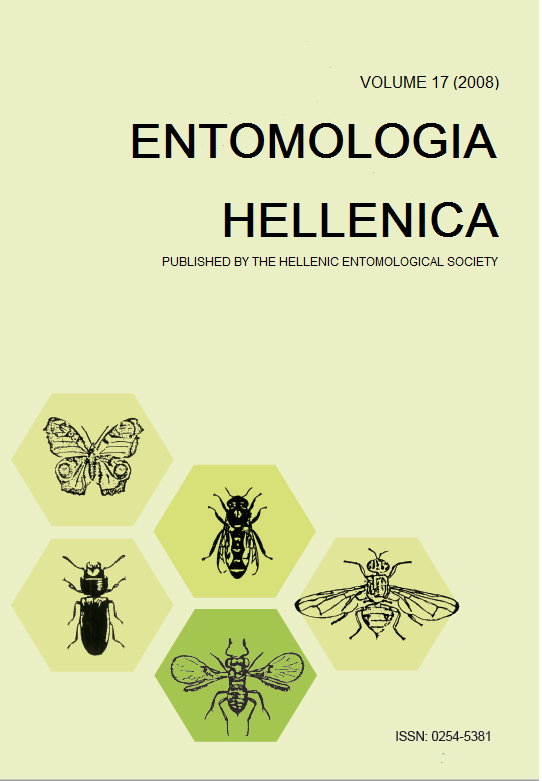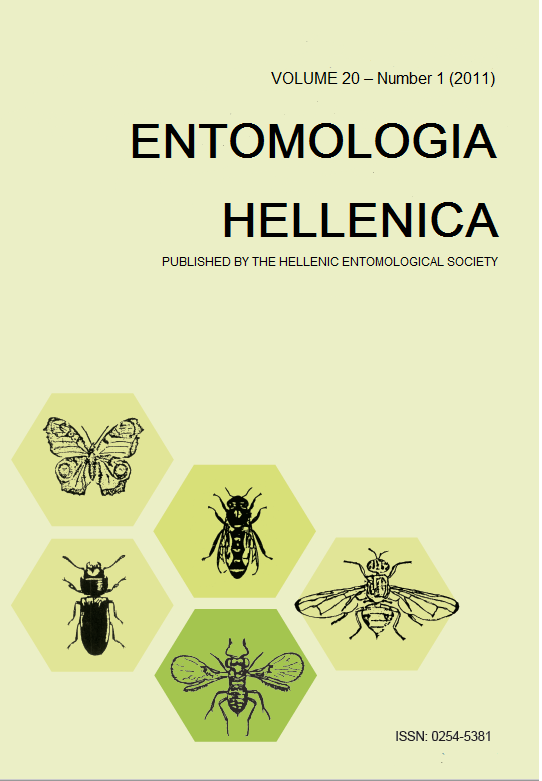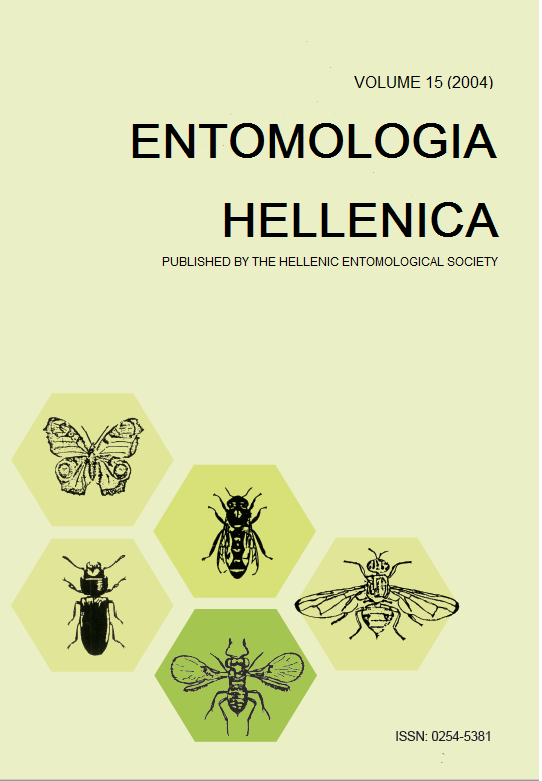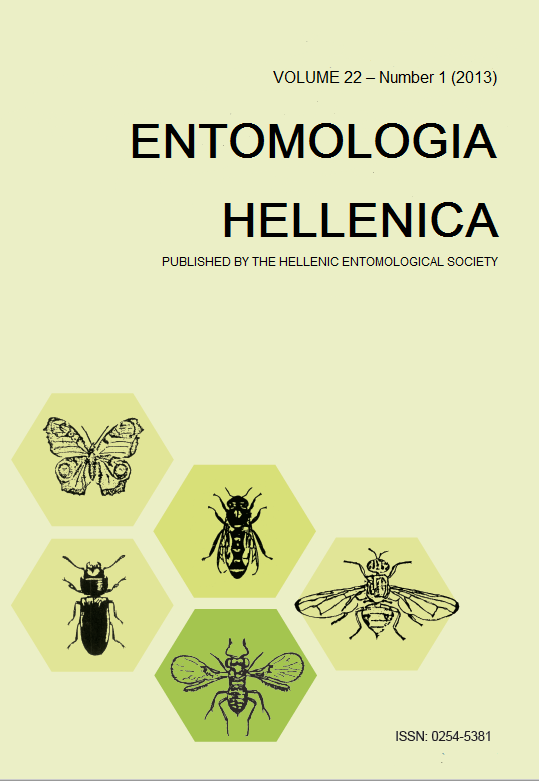The status of Harmonia axyridis (Pallas) (Coleoptera: Coccinellidae) in Greece: A case of an exotic predator that failed to establish?

Abstract
During 1994 -1999 several hundred thousands of Harmonia axyridis adults were released at various cultivations infested by aphids (citrus, vegetable and bean crops, maize, etc.) or in urban places on ornamental plants in central and southern Greece (mainly Attica and Peloponnessos region) as well as on several islands. During 1995-2007, samplings were conducted in some areas, in spring just before any new releases, in order to determine if H. axyridis overwintered in the field. In spring 1995 (the year that followed the first releases) as well in spring 1996-97 and 2000-07, no presence of H. axyridis was recorded in any of the orchards where the predator had been released. Only in spring 1998 and 1999 small colonies (<50 individuals) of overwintered H. axyridis adults were observed in Attica region. The above results indicate an inability of the H. axyridis released populations to establish in Greece, although in some areas this species became an important biocontrol agent during the season. In addition, some data collected regarding the composition of native coccinelid species pre- and post- release of H. axyridis could be an indication of no adverse effects imposed by H. axyridis on the native coccinellid fauna in Greece. Despite that, any re-initiation of releases of H. axyridis would not be wise because of its multiple negative effects observed in other countries of Europe and the USA. Contrary to this, the application of a survey and monitoring programme that will allow us to be prepared in case of a possible invasion of H. axyridis from northern Europe is suggested.
Article Details
- How to Cite
-
Kontodimas, D. C., Stathas, G. J., & Martinou, A. F. (2008). The status of Harmonia axyridis (Pallas) (Coleoptera: Coccinellidae) in Greece: A case of an exotic predator that failed to establish?. ENTOMOLOGIA HELLENICA, 17, 42–51. https://doi.org/10.12681/eh.11615
- Issue
- Vol. 17 (2008)
- Section
- Articles

This work is licensed under a Creative Commons Attribution-NonCommercial-ShareAlike 4.0 International License.
Authors who publish with this journal agree to the following terms:
Authors retain copyright and grant the journal right of first publication with the work simultaneously licensed under a Creative Commons 4.0 license.
Authors are able to enter into separate, additional contractual arrangements for the non-exclusive distribution of the journal's published version of the work (e.g. post it to an institutional repository or publish it in a book), with an acknowledgement of its initial publication in this journal. Authors are permitted and encouraged to post their work online (preferably in institutional repositories or on their website) prior to and during the submission process, as it can lead to productive exchanges, as well as earlier and greater citation of published work.





